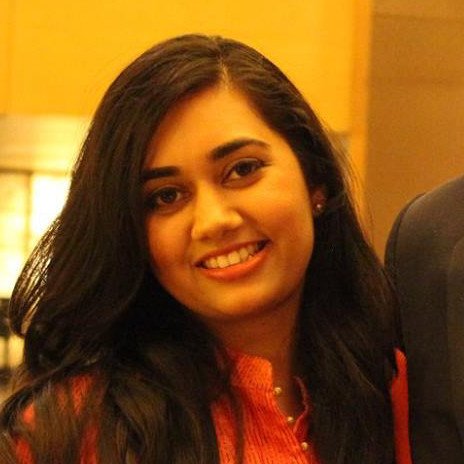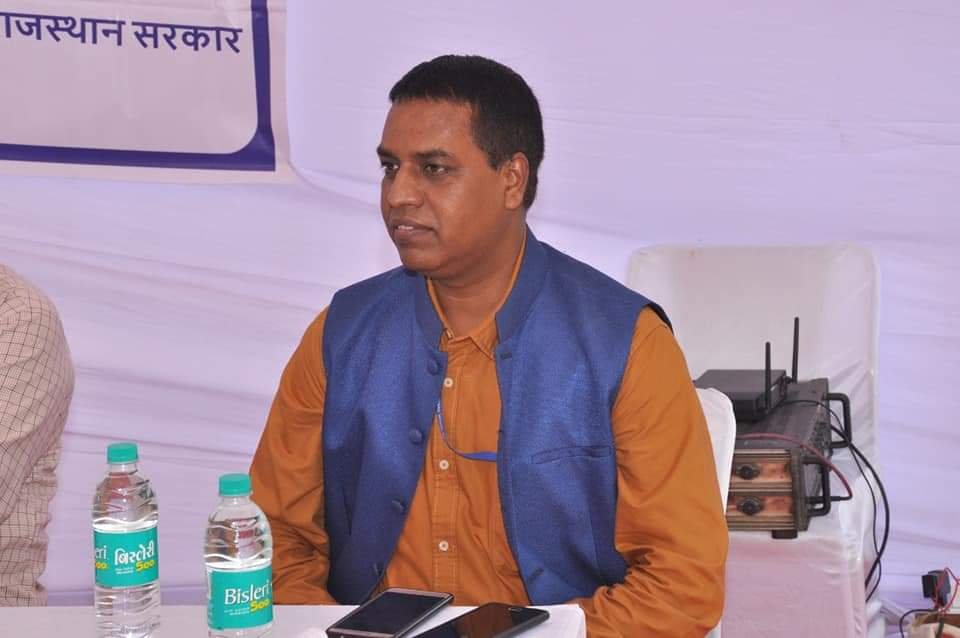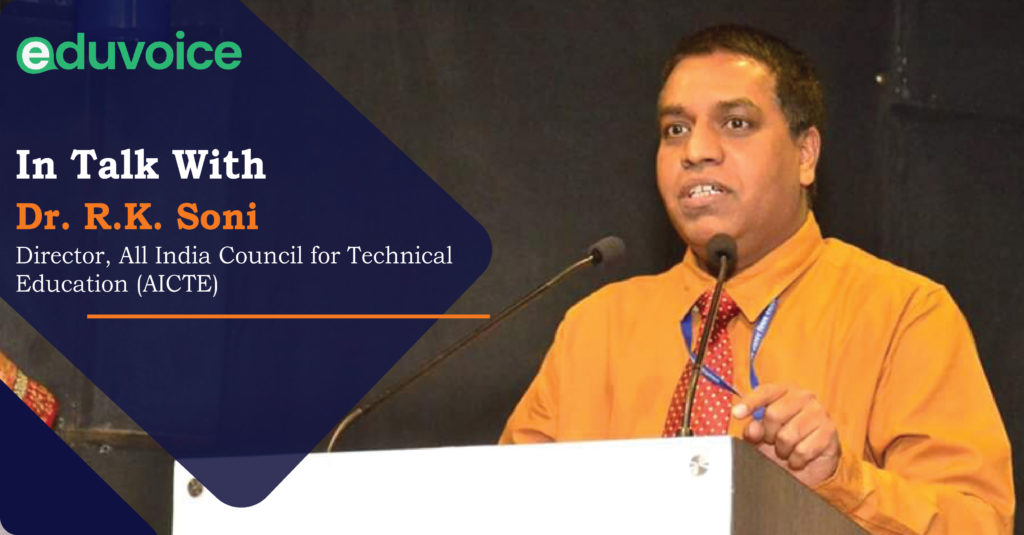IN TALK WITH
“The vision of the ATAL Academy is to empower faculty to achieve goals of higher education such as access, equity, and quality.” – Dr. R K Soni
introduction
The educational output is dependent on academic institutions and their faculty members. The knowledge that students possess upon graduation comes from the faculties of their institutions.
Moreover, with the growing technology, the knowledge of subjects has also grown tremendously. Hence, there is a need to have continuous development of our faculties too as per the new subjects, technologies, and pedagogies.
This is why Faculty Development Programs have been created. One such initiative is taken by AICTE (All India Council for Technical Education) who created the AICTE Training And Learning (ATAL) Academy.
To understand the vision and achievements and plan of action of this young and budding project, we had an engaging conversation with the Director of AICTE, Dr. R K Soni.
Dr. R K Soni provided us with a lot of insights into the programs conducted by ATAL Academies across India and their future plans.

Sujata Mehta
I would like to know about the vision and the objectives which probed AICTE to open ATAL Academy in India.

Dr. R K Soni
Training is a very important equity to upgrade professional skills. According to a report, technologies usually change by the time a student graduates. Thus, arises the need to upgrade.
Even the faculty members need to be trained in new and emerging areas. There are certain technologies that the entire world is looking for. Thus, I would like to share a list of such sectors in which faculties and students must train themselves. These are:
- Artificial Intelligence
- IoT
- BlockChain
- Robotics
- Quantum Computing
- Data Science
- Cyber Security
- 3D Printing and Design
- AR and VR
Training both students and faculties in these subjects is a herculean task, which is why AICTE decided to create ATAL Academy to train them.
The first 4 academies were announced by then HRD minister to be set up at Jaipur, Trivandrum, Guwahati, and Vadodara. After that, 11 more academies have been announced and established by our hon’ble HRD minister.
SUBSCRIBE TO OUR NEWSLETTER
For latest updates on Exclusive Interviews, News, Articles about Higher Education Industry

Sujata Mehta
What are the criteria for the selection of cities when opening up these academies?

Dr. R K Soni
AICTE has 8 regional offices and 4 camp offices. During the approval procedure, these offices are usually busy. However, once this process is completed, they have some time to take up other activities like FDP. Due to this reason, the academies were initially established in the cities where the 4 camp offices are present.
These academies don’t just cater to the city where they have been established, but also to the entire country. People from all over the country are availing of the services, especially through online courses.

Sujata Mehta
How would you explain the vision and goal of the ATAL Academies in simplistic terms?

Dr. R K Soni
“The vision of the ATAL Academy is to empower faculty to achieve goals of higher education such as access, equity, and quality.”
Our major objective is to plan and help in imparting quality technical education and support technical education in the country. This can be done by enforcing technical institutions in Research, Innovation, Entrepreneurship, and training in various emerging areas.

Sujata Mehta
For different Thrust Areas, who designs the Course curriculum? Is it developed by individual coordinators?

Dr. R K Soni
The model curriculum is prepared by AICTE for all the thrust areas. Even for the new and emerging subjects, the model curriculum is being developed by AICTE. Thus, the base guidelines are laid by AICTE.
Moreover, these curricula are made by top academicians, institutions, and industrial leaders.
These curricula are referred by the faculty, who then take it as base guidelines. As the subjects are too vast, the Faculty Development Programs cannot cover them entirely.
The content might differ slightly, but the core content remains the same.

Sujata Mehta
What are the things that you look for in the proposal before approving the institutions? Can you please elaborate on the process for finalizing a coordinator and the institution for conducting FDPs?

Dr. R K Soni
We invited proposals from coordinators for the conduction of 500 programs that we had planned for this year, and we received about 5,000 proposals from across the country. These proposals were received from renowned institutions like IIT, NIT, Central Universities, etc. It was indeed difficult for us to choose from a large number of proposals.
We looked for qualities and criteria like:
- National or international leverage.
- Qualified coordinators, and sufficient infrastructure to train the faculties.
- NAAC grades, NIRF rankings, and NBA accreditations.
After looking into these parameters, we finalized the coordinators for FDPs.

Sujata Mehta
Kindly explain more in detail about the Faculty Development Programs for our readers who wish to participate in them?

Dr. R K Soni
When we deliver training programs, we ensure the quality of courses.
Our face to face/offline training programs are limited to 50 participants. However, due to the COVID-19 situation, we have also started online training programs. Initially, we started with 100 participants only. However, looking at the huge demand, we now take up to 200 participants.
Moreover, we are easily able to monitor the learning and engagement of each and every member, online as well as offline.
Even after the pandemic, the online mode of training will continue. Blended learning will be implemented, where practical hands-on learning will be offline.
Through online training, we can make use of resources from across the country and we can call in experts from all over the world.
Thus, online training is really useful, but we also need offline hands-on training.

Sujata Mehta
Is any there any kind of impact assessment of the faculties after completion of the Faculty Development Program?

Dr. R K Soni
While I do believe such impact assessment should be done, we haven’t been able to do it yet because it has only been 1.5 years of ATAL Academy’s existence, which includes 4 months of the pandemic. Thus, we do plan to assess its impact and follow up with the faculties in the future.

Sujata Mehta
The ATAL Academy is an extensive initiative which is need of the hour. Kindly share its achievements and future plans?

Dr. R K Soni
Before the pandemic, we used to conduct offline programs only. Through 185 training programs, we trained about 10,000 faculty members.
After the pandemic, within 3 months we were able to conduct 83 training programs and we could train 13,000 faculty members!
Post-Graduate students, Research scholars, and Faculties, all three can participate in our programs. Professionals from industries may also join us.
This year, we plan to conduct 500 training programs. Our initial plan was to conduct them offline. However, we will now have to conduct them online or via the blended model.
We have plans on mass training of faculties on Digital and Communication Technologies. As per our discussion with the CBSE chairman, we might involve CBSE teachers in our programs too.
This has only been possible with the visions of our Hon’ble Chairman, Dr. Anil Sahasrabudhe; our very dynamic Vice-Chairman, Prof. M. P. Poonia; and the very supportive Member Secretary, Prof. Rajive Kumar.
With this team, we were able to successfully establish the brand of ATAL Academy.

Sujata Mehta
Are the FDPs designed to train faculties to bridge the gap between academia and the industry?

Dr. R K Soni
That is the main idea behind these FDPs. The industrial needs and technologies change every few years. Hence, to match the requirement, we must train the faculties with these technologies.

Thus, this is a step towards bridging the academia-industry gap.

Sujata Mehta
Is there any message you would like to give to all our readers?

Dr. R K Soni
Technology is changing very rapidly, and whatever we have learned will be obsolete very soon. Technologies like AI that are already in existence are going to flourish even more in the future. So, join hands with the ATAL Academy, to keep learning!
Our conversation with Dr. R K Soni gave us plenty of information and insight on the vision and the plan of action of the ATAL Academies. Such Faculty Development Programs through ATAL Academy is an extensive initiative by AICTE. Training and developing the faculties to match the industrial and technological needs is truly remarkable.
For More Such Articles, News Update, Events, and Many More Click Here




